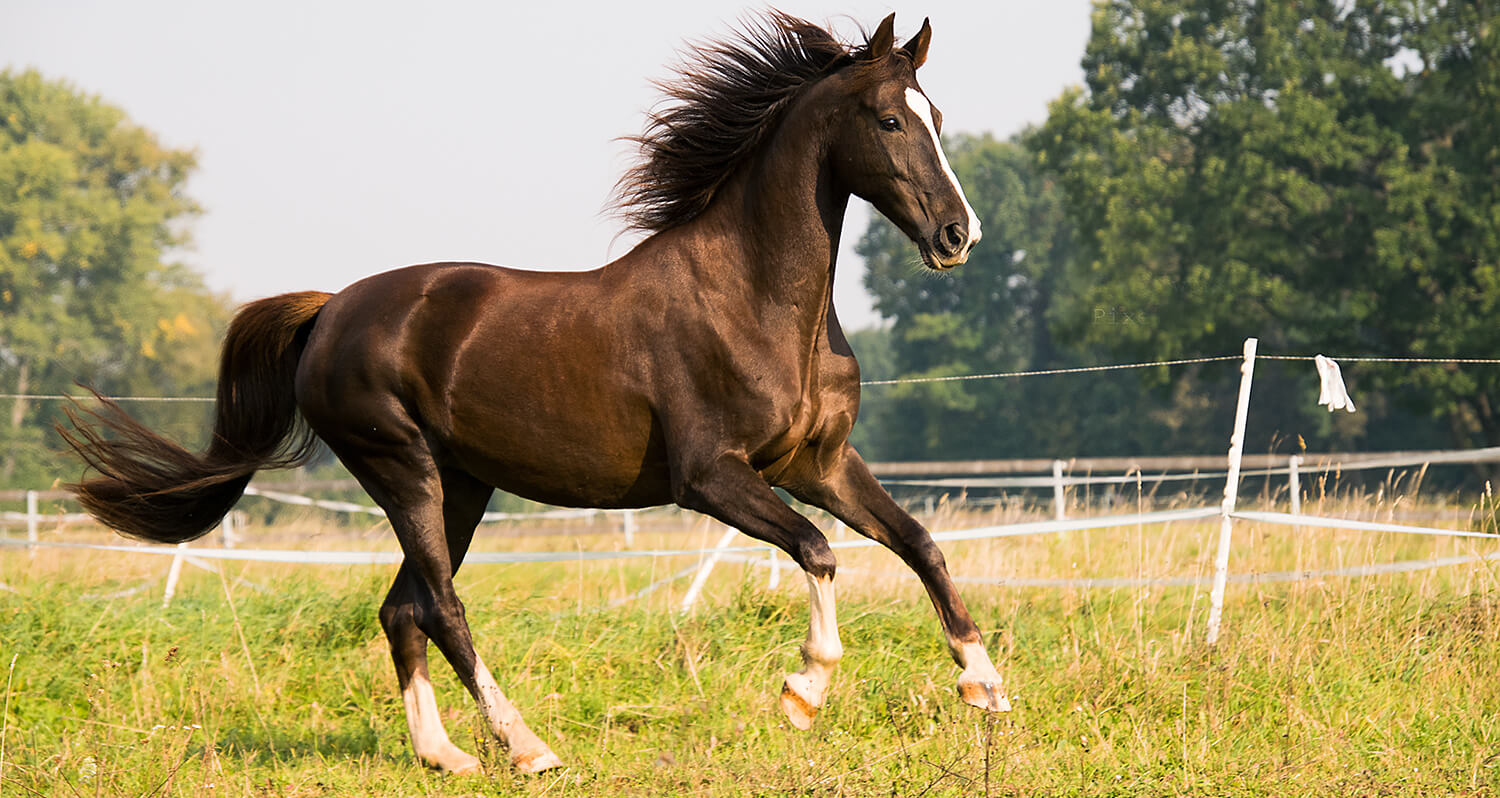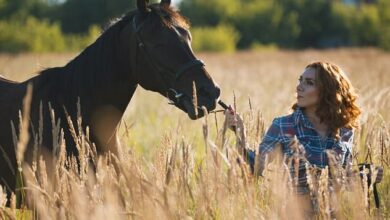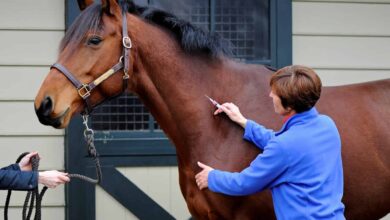by Al Badia,
The art of horsemanship encompasses a rich tapestry of knowledge, techniques, and philosophies that have evolved over centuries. Traditional approaches, rooted in historical methods passed down through generations, emphasize a deep connection between horse and rider, focusing on mutual respect, understanding, and harmony. These methods often prioritize gentle, patient, and empathetic communication to build trust and cooperation with the horse.
Modern approaches to horsemanship integrate advancements in training methodologies, technology, and scientific understanding of equine behavior and psychology. These approaches may include positive reinforcement techniques, such as clicker training, which emphasize rewarding desired behaviors to shape the horse’s responses. Modern horsemanship also often incorporates evidence-based practices for horse welfare and management, informed by research in areas such as equine nutrition, biomechanics, and health care.
While traditional and modern approaches to horsemanship may differ in their methods and techniques, both share a common goal: to cultivate a harmonious partnership between horse and rider based on mutual trust, respect, and understanding. Whether drawing from centuries-old wisdom or contemporary innovations, the art of horsemanship remains a timeless pursuit that celebrates the unique bond between humans and horses.








